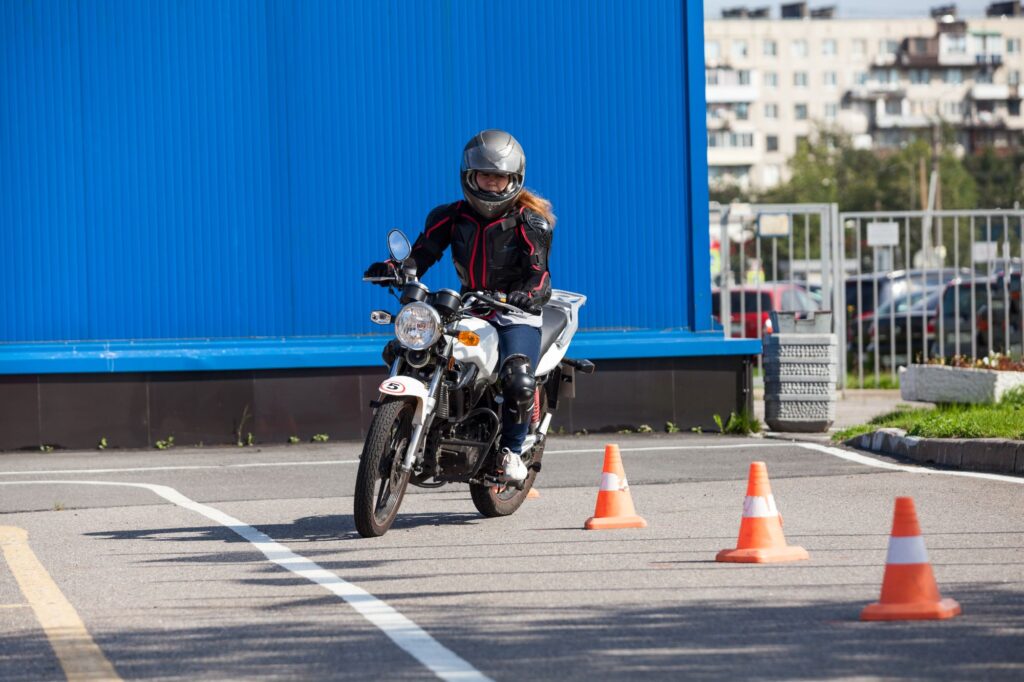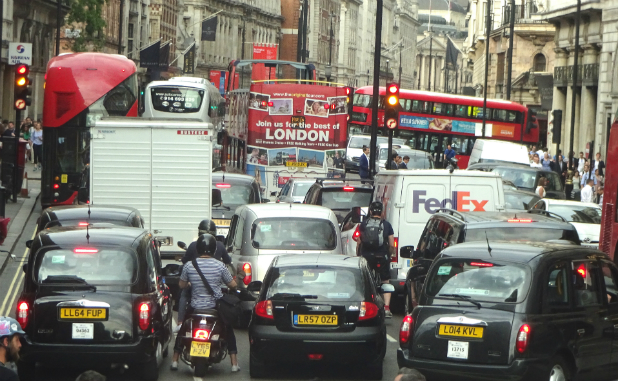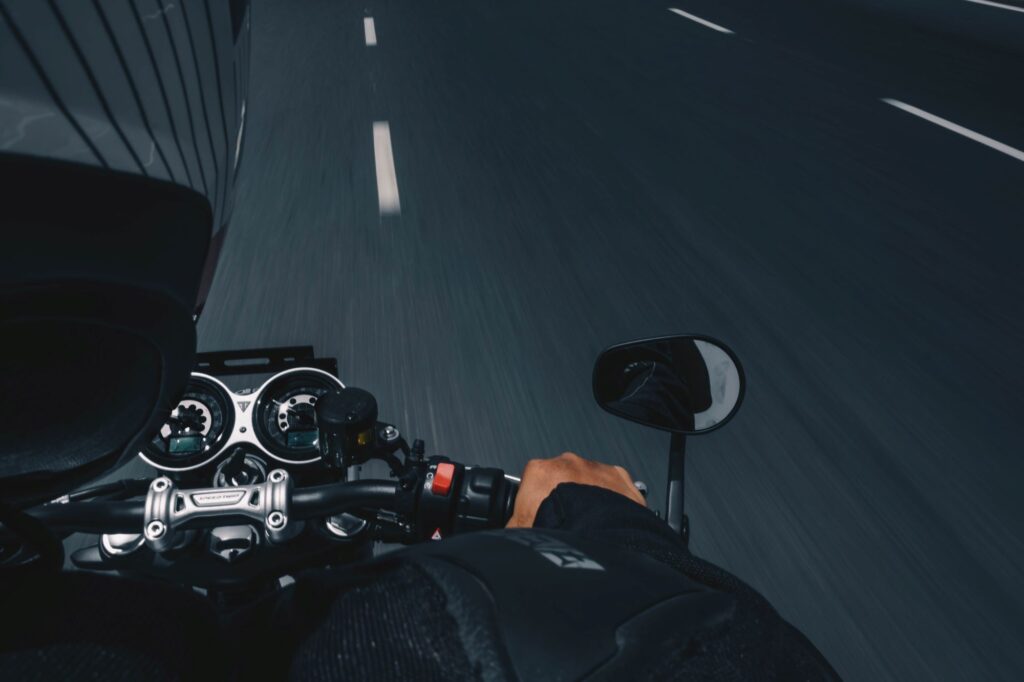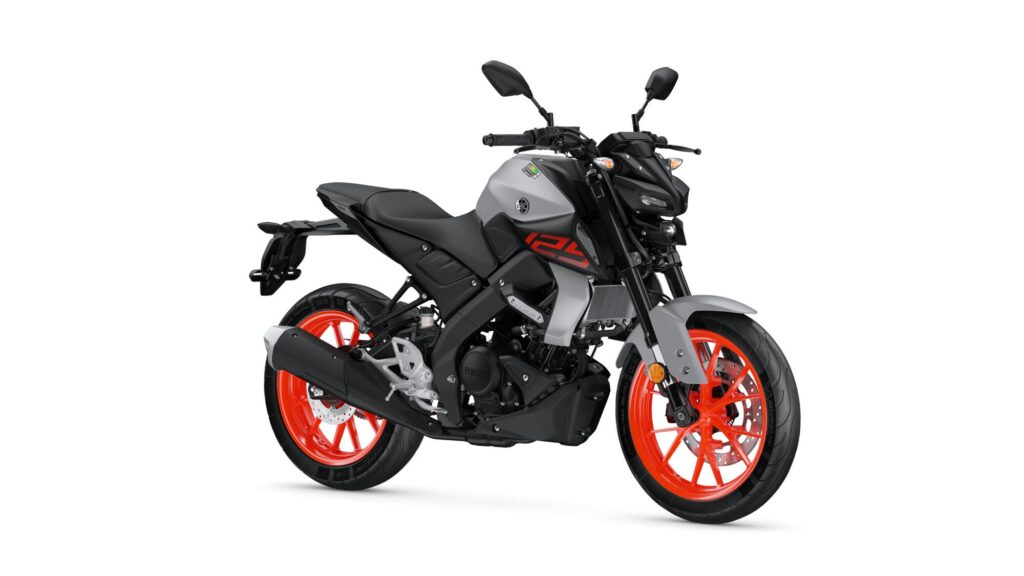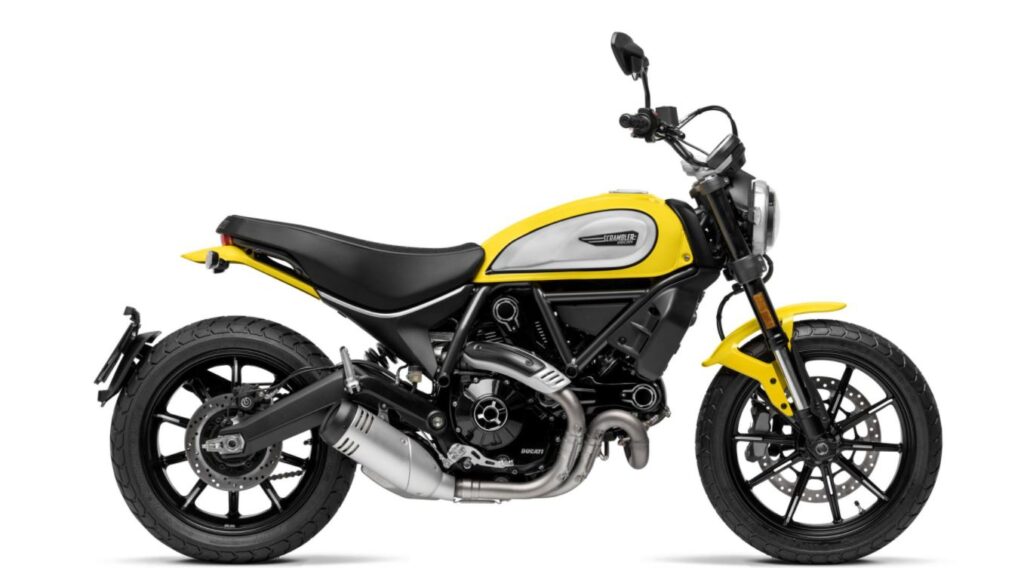
This year is set to be very significant in the history of motorcycles as the Euro 5 emission regulations herald a huge number of new models, along with bidding fond farewells to some old favourites.
Bikesure takes stock of the changes and the new crop of bikes to look forward to.
Euro 5 aims to reduce engine emissions
Euro 5 reduces the levels of engine emissions superseding the limits already put in place by Euro 4. In addition to tighter limits on carbon monoxide, nitrogen oxides and hydrocarbons, Euro 5 places limits on non-methane hydrocarbons that can be released.
These are mainly caused by partially burnt fuel, which occurs in motorcycle engines more than car engines, as they have to rev faster. Reducing this means considerable changes to the way exhaust is handled, with bikes requiring larger catalysts and modifications to the way the engine itself works. As well as this, Euro 5 mandates more powerful on-board diagnostics.
These changes can be quite substantial, and manufacturers are discovering that some of their engines aren’t able to be converted profitably. As a result, they are beginning to retire bikes with these engines. While there is a two year grace period to allow existing stock to be sold off, there’s a good chance that some motorcycles will become less common.
These aren’t the only bikes being put out to pasture, with manufacturers using this opportunity to rationalise their ranges and remove less popular machines.

Euro 5 will see a number of models disappear
For example, Honda’s fleet of bikes with V4 engines are no more. If you’ve had your eye on any of the VFR range (although the sales figures indicate that you probably don’t) then the time to seek out a VFR800X, VFR800F or VFR1200X is now. Given that the fuel economy of the V4 wasn’t particularly great, there are definitely better options available including the newly updated CB500 range. However, the CB1100Ex has also been sent to live on a farm in the country where there’s plenty of space for it to roam around.
Triumph have already upgraded a lot of their range, with the new Tiger 850 Sport replacing the standard 900 model and newly compliant versions of the specialised 900s and 1200s. There’s also a strong possibility that new versions of the Speed Triple and Tiger Sport 1050 are on their way.
Yamaha are retiring two of their modern retro models, the SCR950 and the XV950R, as well as the XT1200Z Super Tenere. The R6 Supersport is being semi-retired, with a track day spec’d version remaining available.
Suzuki has upgraded the GSX-R1000R while retiring the standard GSX-R1000 model. New versions of the SV650 and SV650X have been released, while the updated V-Strom 650 and 650XT will be joining the previously announced 1050XT. A number of their current Euro 4 certified models are likely to be relatively easy to get recertified under the new rules. In fact, Suzuki have been steadily working towards these requirements with many of the new bikes released over the last few years, so most designs will only need a few tweaks. Unsurprisingly, the popular Hayabusa was a priority for getting an upgrade.
BMW are in a similar situation, with just the F900R and F900XR officially Euro 5 ready but many more set to join them. For example, the R1250 series and the S1000RR are basically compliant and should be easy to get on the list. Other older models like the C650 scooters will be replaced outright.

Harley Davidson are withdrawing the Sportster range from sale in Europe. It’s possible that similar models could be relaunched at some point in the future with a newer engine, but as Harley are currently attempting to simplify and reduce their range it might well be that different bikes take the Sportster’s place in what passes for Harley’s ‘budget bikes.’
Ducati are also taking the opportunity to streamline their portfolio, with the Monster range shrinking from three models to just one. The new Monster has a redesigned 937cc engine. Joining the Monster is the Diavel and Streetfighter V4 which have been certified and upgraded to meet Euro 5.
50cc and 125cc model range grows with E5
You might be worried that all smaller capacity bikes will be going. This is not the case, and there’s an increasing number of 50 and 125cc water cooled engines appearing. Manufacturers like Lexmoto, Piaggio and Zontes have models with new compliant engines.
What Euro 5 means so far is slightly fewer bikes with air-cooled engines. While larger and smaller capacity engines can be adapted, mid-range engines are trickier to reduce emissions on. There’s a very good chance that manufacturers will continue to research and refine the designs of engines like this and discover how to make them compliant.
However, with electric vehicles becoming more common, and a good alternative for people looking for a medium range urban transport solution, finding a direct replacement for aging internal combustion engines will be less of a priority for many companies. Indeed, some manufacturers have started advertising electric scooters as Euro 5 compliant, like the Lexmoto Yadea C1S.
The good news is that whatever changes Euro 5 pushes through, motorcycles are here to stay! And Bikesure will remain to provide bespoke motorcycle insurance, whichever model you ride.

